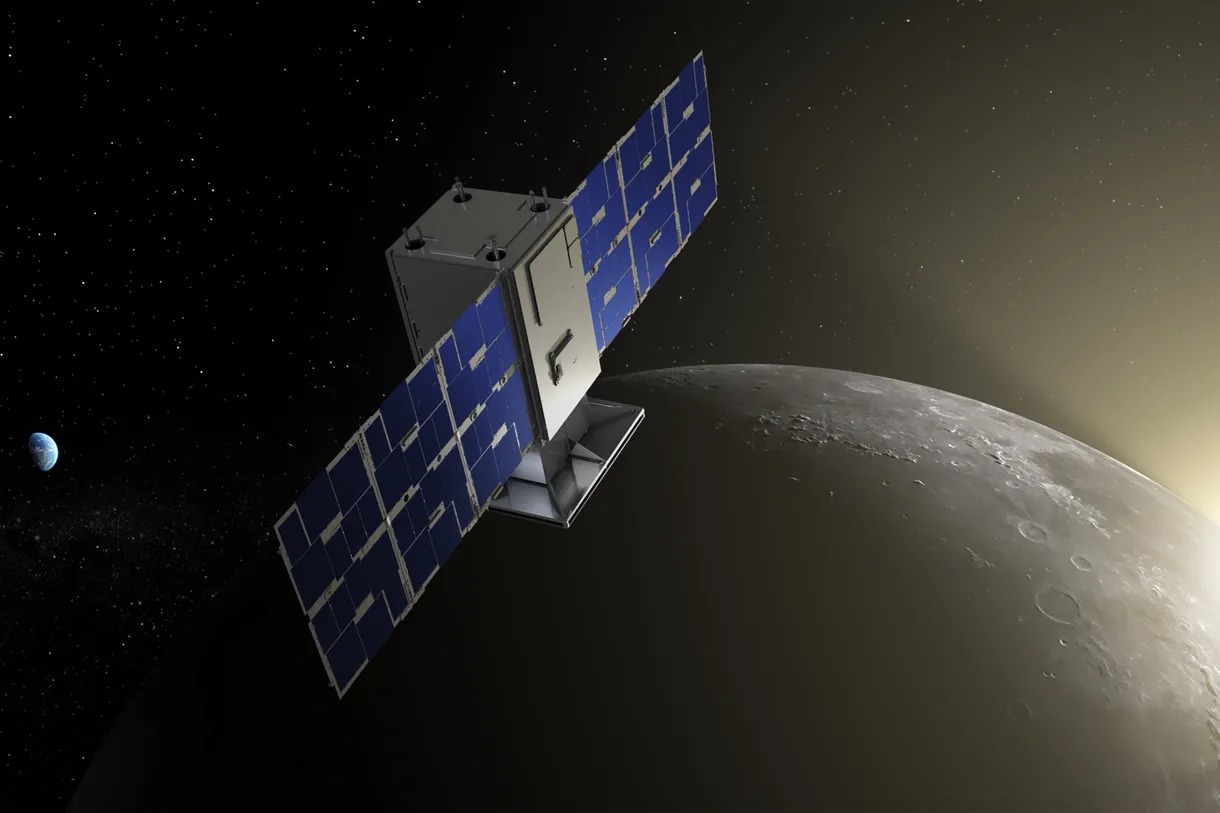While NASA plans to launch its first great Artemis mission on November 16, NASA’s tiny Capstone satellite has already orbited the Moon on the 13th to serve as a reference point for the next stages of the agency’s lunar program.

Capstone is short for Cislunar Autonomous Positioning System Technology Operations and Navigation Experiment. This is a small cubesat the size of a microwave oven, designed to orbit the Moon in an elliptical orbit that no spacecraft has ever engaged before.
A small satellite performed a maneuver to orbit the Moon in order to enter a special trajectory that will allow it to fly around our moon with very efficient use of fuel, relying on gravitational attraction. Mission engineers are expected to take about a week to confirm and fine-tune Capstone’s trajectory.
With its entry into orbit of our moon, Capstone checks the route on the eve of NASA’s plans to build a space station called Gateway, which will run in the same orbit. Gateway will be a transit point for astronauts in the Artemis program, designed to return people to the Moon. The station will house equipment and materials for traveling to the surface of the Earth’s moon.
Hard Way
Capstone’s journey to the Moon was not easy. In July, Cubsat lost contact with the Earth for a while. And later there was a serious technical failure, because of which it got out of control. The team was finally able to orient and put the device on the right path.
It is planned that Capstone will launch engines only once every 6.5 days to maintain its orbit, if necessary. The goal is to stay in its orbit for at least six months so that engineers can learn more about what it will take to keep Gateway and other spacecraft on such a path for many years.
Earlier we reported that the Artemis 4 mission will still involve landing on the Moon.
According to NASA
Follow us on Twitter to get the most interesting space news in time
https://twitter.com/ust_magazine
